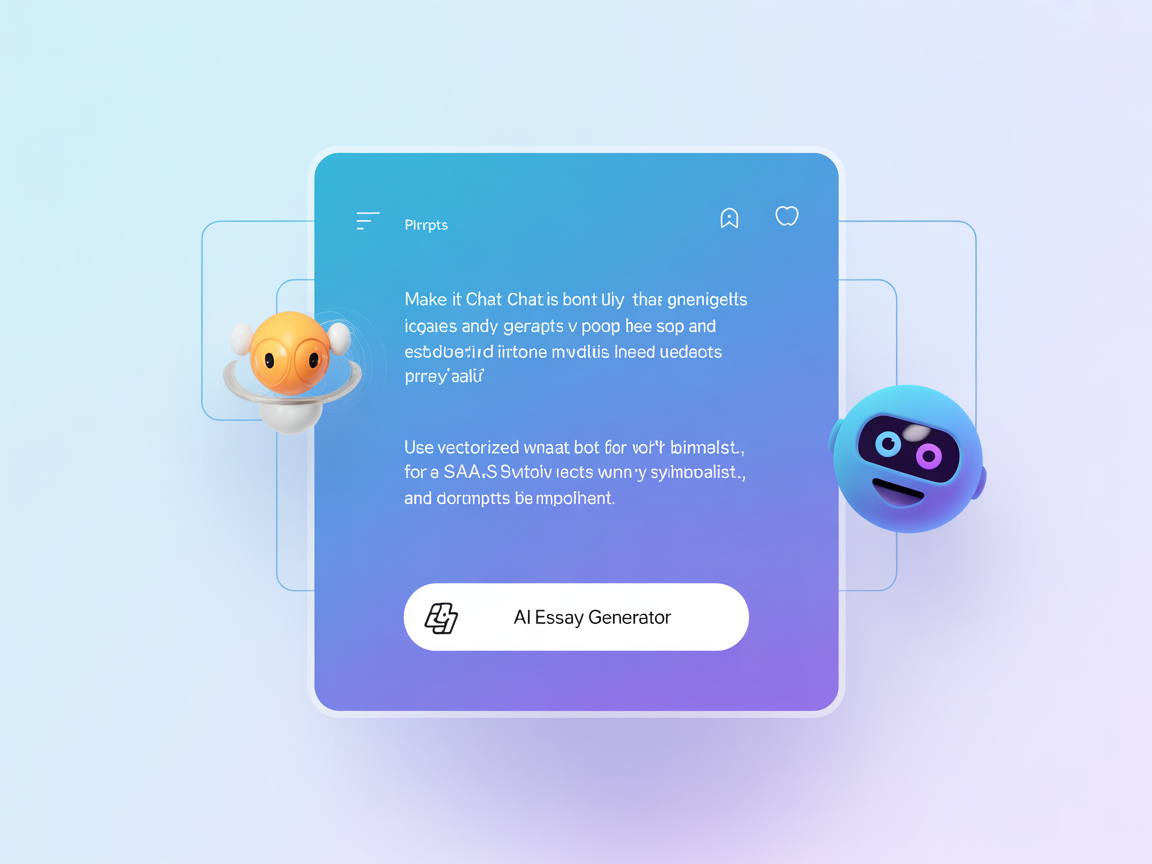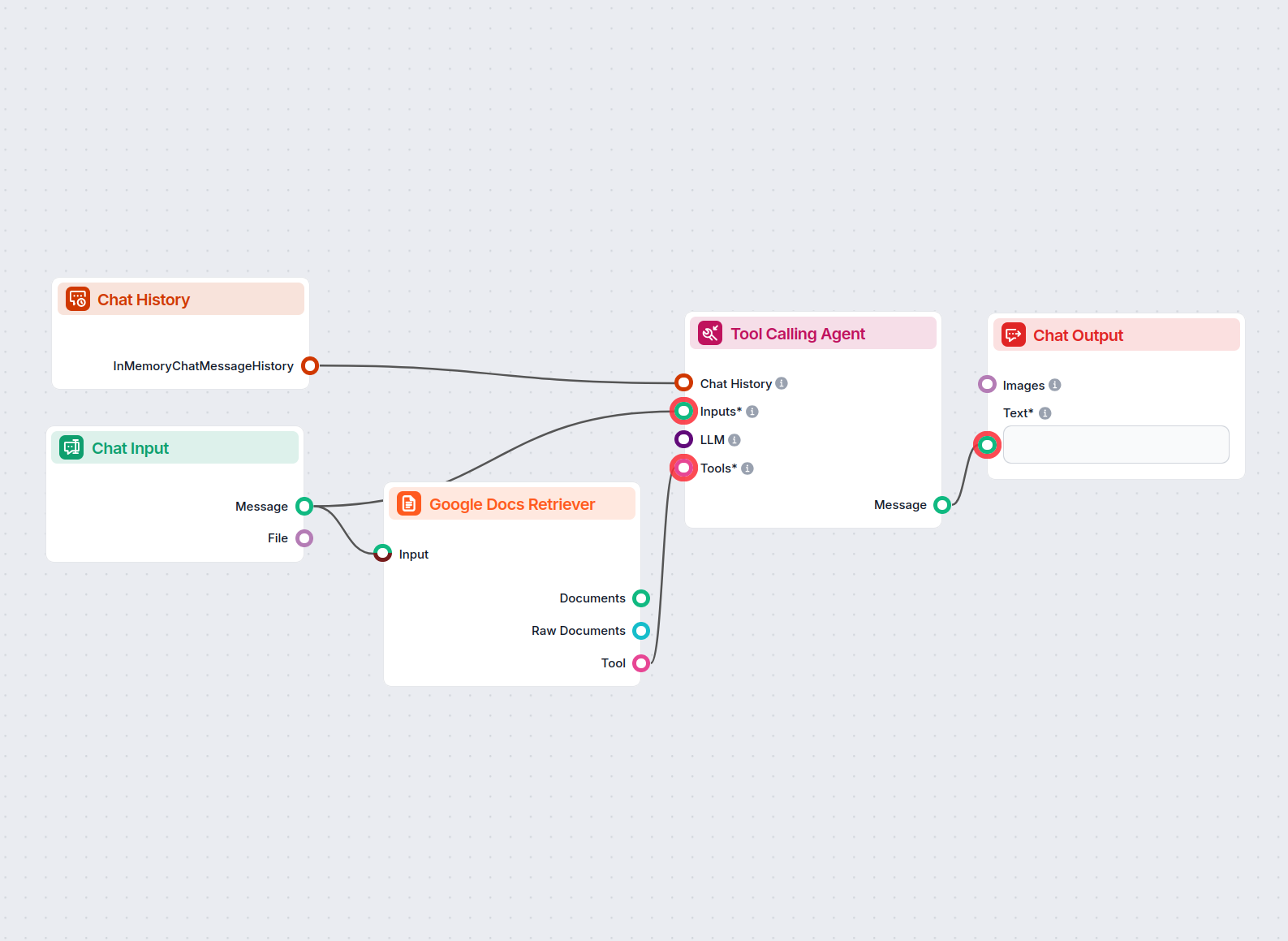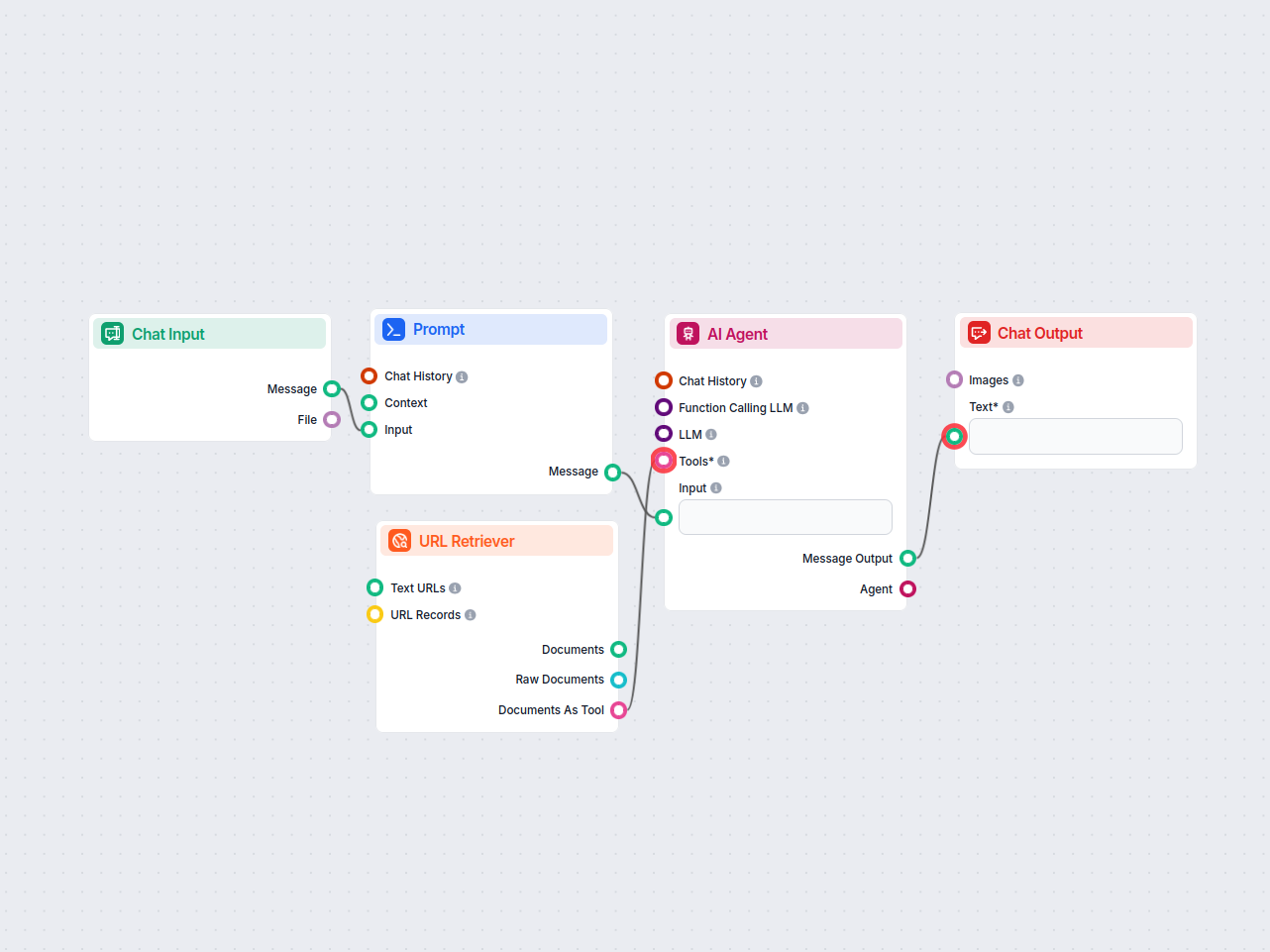提示词模板
用于根据用户输入,按照详细学术大纲,生成MLA格式论文的模板提示。
use the users input to generate an essay that is formatted in this way:
-----------------------------------------------------------------
I. Introduction
A. Hook/ Attention Grabber
1. Provide a sentence that will catch the reader’s interest.
2. Try not to make a broad/generalized statement.
3. Offer something concise and catchy.
B. Background Information
1. Provide general background information.
2. Offer some more specific background information (as needed).
3. Provide the title of the piece and the author’s name if the essay is about a
specific book/poem/article/passage.
C. Thesis Statement
1. State your topic and position. Remember that a thesis = claim + reasons.
2. Outline your main points and ideas.
II. Body
A. Paragraph 1 (first main point)
1. Topic sentence: what is this paragraph about?
2. Supporting evidence and ideas
a) Give reasons, facts, proof, statistics, quotes (with citations).
b) Analyze your supporting evidence.
(1) Why does your evidence matter? What does it mean?
(2) Transition to the next point.
3. Summarize and transition to your next main idea.
B. Paragraph 2 (second main point)
1. Topic sentence: what is this paragraph about?
2. Supporting evidence and ideas
a) Give reasons, facts, proof, statistics, quotes (with citations).
Essay Outline Template, Fall 2020. 2 of 2
b) Analyze your supporting evidence.
(1) Why does your evidence matter? What does it mean?
(2) Transition to the next point.
3. Summarize and transition to your next main idea.
C. Possible Paragraph 3 (third main point)
1. Topic sentence: what is this paragraph about?
2. Supporting evidence and ideas
a) Give reasons, facts, proof, statistics, quotes (with citations).
b) Analyze your supporting evidence.
(1) Why does your evidence matter? What does it mean?
(2) Transition to the next point.
3. Summarize and transition to your next main idea or conclusion.
D. Possible Paragraph 4 (fourth main point)
1. Topic sentence: what is this paragraph about?
2. Supporting evidence and ideas
a) Give reasons, facts, proof, statistics, quotes (with citations).
b) Analyze your supporting evidence.
(1) Why does your evidence matter? What does it mean?
(2) Transition to the next point.
c) Provide more reasons/facts/evidence/etc. (with citations).
d) Analyze your supporting evidence.
(1) Why does your evidence matter? What does it mean?
(2) Transition to the concluding sentence.
3. Summarize and transition to your conclusion.
[NOTE: Continue with as many body paragraphs as necessary to develop your topic fully.
Remember to include only one main point per paragraph. If you’re moving to a new main point,
create a new paragraph.]
III. Conclusion
A. Summarize key points and pull it all together.
1. Don’t introduce new information/ evidence.
2. Don’t repeat your writing verbatim from previous parts of the paper.
B. Offer closing thoughts and give the reader something to think about.
1. Suggest a call-to-action.
2. Provide a look into the future related to your topic.
IV. References in MLA format
**don't include any of these instructions in the text itself**
----------------------------------------------------
the input should be formatted like: topic/word count if it is not make sure to ask the user to insert correct format.
---CONTEXT START---
{context}
---
---INPUT START---
{input}
---
respect the word count specified by the user.
BLOG:




